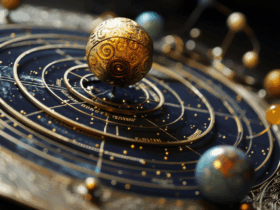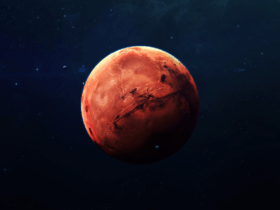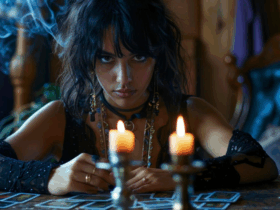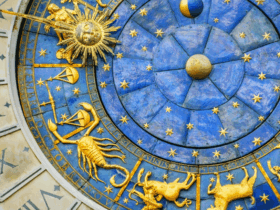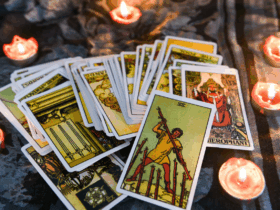The tarot deck, with its striking imagery and archetypal symbolism, has long captivated the imagination of writers. From its mysterious origins in 15th-century Europe to its prominent place in modern storytelling, tarot has journeyed through literature as both a mystical tool and a profound literary device.
Initially created as a card game, tarot evolved into an object of esoteric study by the 18th century, gaining associations with the occult, personal insight, and the exploration of fate. This symbolic depth caught the attention of writers, who began incorporating tarot into their works to enrich themes of destiny, transformation, and the unknown.
In classical literature, references to fate and fortune often mirrored tarot’s philosophical undertones, even if the cards themselves weren’t directly mentioned. However, in the 19th and early 20th centuries, as interest in mysticism grew, so too did tarot’s literary presence. Romantic and Symbolist poets, including W.B. Yeats, were fascinated by the occult. Yeats, a member of the Hermetic Order of the Golden Dawn, infused his work with tarot-like symbolism, seeing the cards as keys to the human soul and the poetic imagination.
One of the most well-known literary uses of tarot appears in T.S. Eliot’s The Waste Land (1922). In a pivotal passage, Madame Sosostris lays out tarot cards in a bleak prophecy. Eliot doesn’t use traditional tarot imagery verbatim, instead inventing symbolic figures like “the drowned Phoenician Sailor” and “the one-eyed merchant,” combining classical archetypes with modern despair. These references deepen the poem’s themes of spiritual fragmentation and cultural loss.
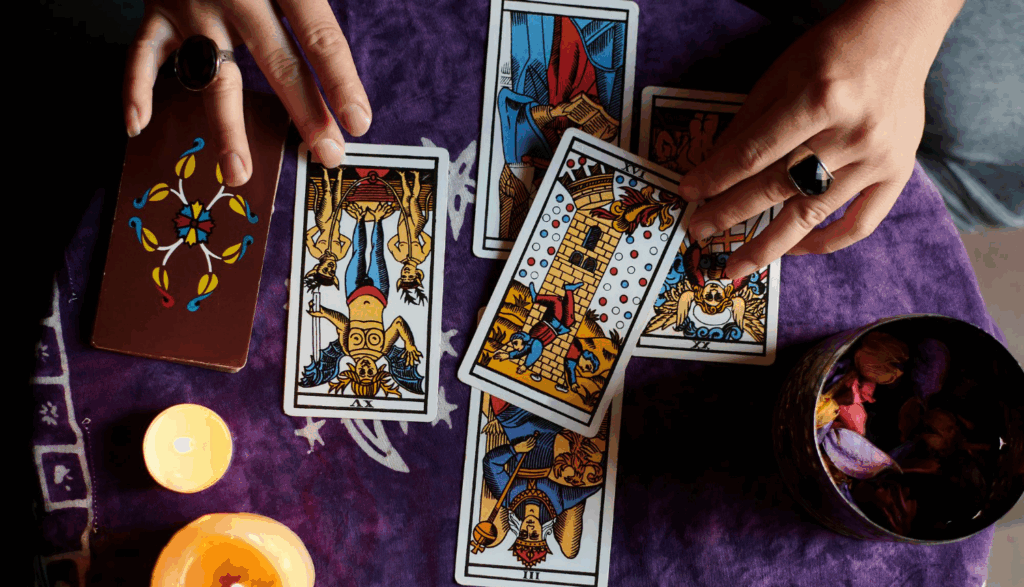
Throughout the 20th century, tarot found new life in fiction. Authors like Italo Calvino (The Castle of Crossed Destinies) used the tarot deck structurally, allowing characters to communicate only through cards, creating layered, nonlinear narratives. In Stephen King’s The Dark Tower series, tarot cards act as prophetic tools, guiding characters toward their intertwined destinies.
Related: Everyday Realities of Being an Earth Sign: Work Ethic, Ambition, and Security
Tarot also appears in contemporary literature as a metaphor for introspection and transformation. Modern authors often use tarot as a framework for character development, with each card representing stages of a psychological or spiritual journey. This use mirrors the structure of the Major Arcana—from the innocent Fool to the transcendent World—echoing a universal story of growth and awakening.
In sum, tarot’s presence in literature is more than ornamental. It serves as a mirror to human experience—mysterious, symbolic, and open to interpretation. Through its continued use, tarot invites readers and writers alike to engage with the timeless questions of who we are, where we’re going, and what unseen forces shape our path.







